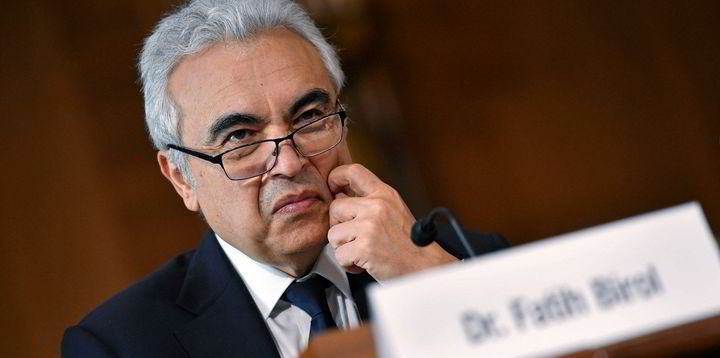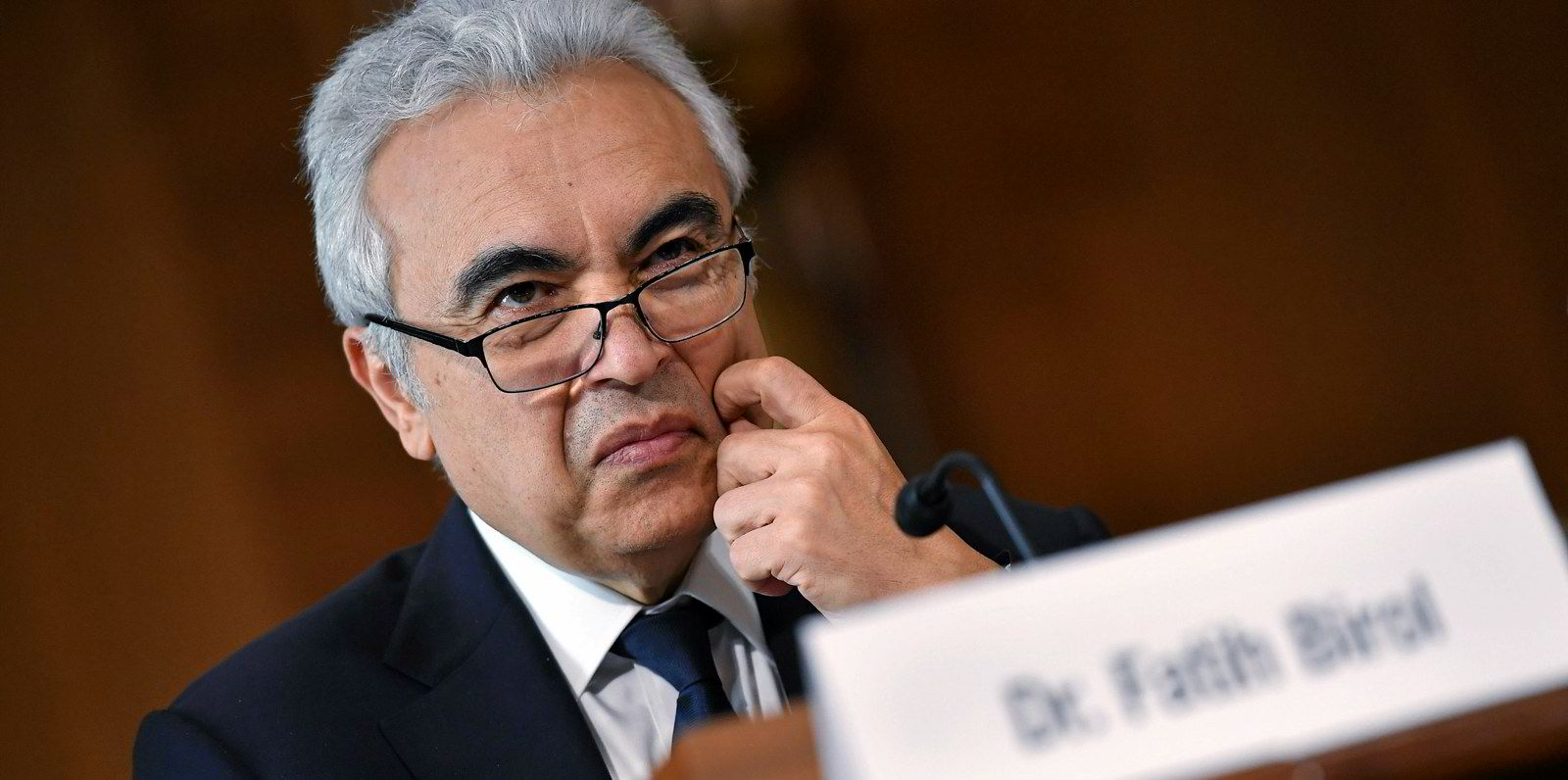Global methane emissions from energy actually increased in 2022 as the International Energy Agency (IEA) pointed to a “lack of industry action” to cut levels of the greenhouse gas released from oil and gas operations.
Global methane emissions from the energy sector as a whole increased to 135 million tonnes in 2022, inching marginally higher than the previous year and only slightly below the peak of 2019, according to the IEA Global Methane Tracker 2023 report.
The energy sector was responsible for 40% of the total methane emissions from human activity, with agriculture in top spot producing close to 150 million tonnes.
The IEA has singled out methane emissions as one of the most direct means of tackling emissions with faster results and identified the oil and gas industry as where more can and should be done faster.
“Methane cuts are among the cheapest options to limit near-term global warming. There is just no excuse,” said IEA executive director Fatih Birol.
“The Nord Stream pipeline explosion last year released a huge amount of methane into the atmosphere. But normal oil and gas operations around the world release the same amount of methane as the Nord Stream explosion every single day,” he lamented.
Article continues below the advert
The IEA said coal, oil and natural gas accounted for around 40 million tonnes of methane emissions each, with the remaining 15 million tonnes from bioenergy and 5 million tonnes from leaks from end-use equipment.
The IEA said that 75% of energy-related methane emissions could be avoided and the gas brought to market through deployment of existing technologies, which points to “a lack of industry action on an issue that is often very cheap to address”, said the agency, which stressed that the measures needed are “well known”.
Non-emergency venting and flaring of methane is the single most significant measures that producers can take to reduce their emissions, together with regular infrastructure repairs, upgrading of leaky equipment and leak detection monitoring, the IEA said.
Oil and gas industry data shows that some 260 billion cubic metres of methane is vented and leaked every year from operations.
The majority of that volume, some 200 Bcm, could be brought to market if operators took the steps needed to avoid the venting, the agency calculated.
The IEA estimates that global methane intensity of oil and gas production has fallen by around 5% on average since 2019, but noted the pace of change is nowhere near what is required and urged the industry to take “a zero-tolerance approach”.
The cost of emissions avoidance is considered especially low, given the market value the methane captured instead of released could deliver once sold.
Based on 2022 gas prices, up to 80% of measures to reduce emissions could be delivered at no net costs to the operators, as the market value of the gas would cover those costs, the report states.
On a global scale, investment in technology and infrastructure to reduce methane emissions would require about $100 billion to 2030, the IEA said.
“Flaring and methane emissions are a major waste of natural resources, all the more so given tight natural gas markets in 2022,” the report reads.
Methane has a shorter lifespan in the atmosphere than carbon dioxide, but its greenhouse effect is much more powerful than CO2. Reducing methane emissions is necessary to reach net zero climate ambitions.
The Global Methane Pledge initiative, which was first launched in 2021 at COP26, targets a 30% reduction in methane emissions from human activity by 2030, and counts 150 member countries to date.
However, this would still fall short off the 75% cut in emissions needed under the IEA’s net zero by 2050 scenario.

